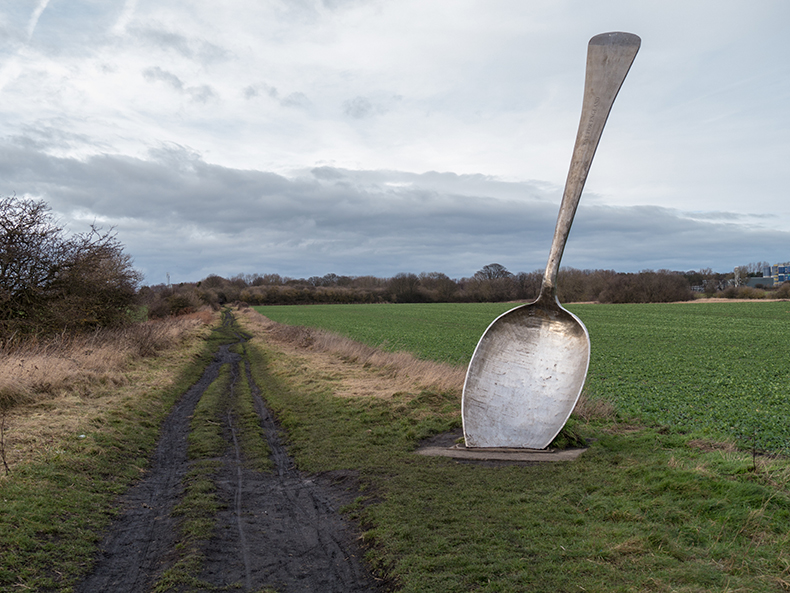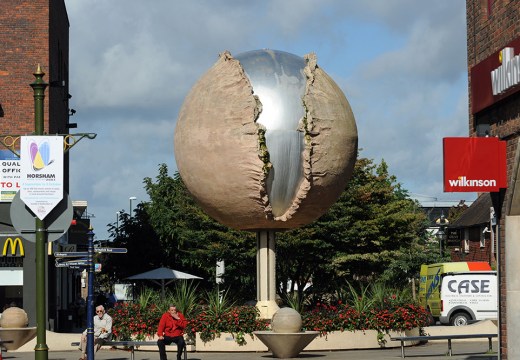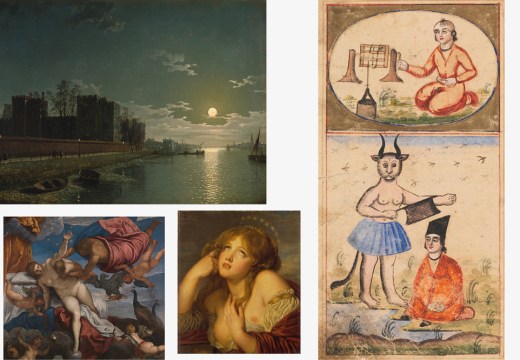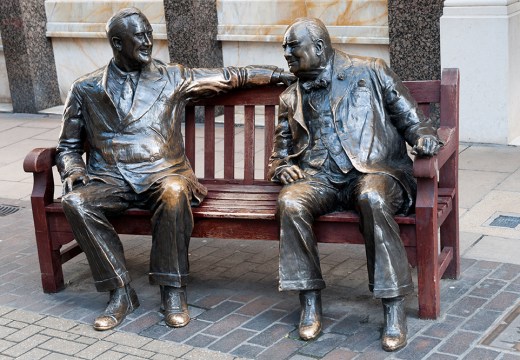I first heard about Art UK – then the Public Catalogue Foundation – in 2002, when I was introduced to its founder Fred Hohler, who was frustrated by the difficulty of finding out information about works of art in regional museums. He proposed providing a basic inventory of them county by county, which most people thought was a mad idea. This in no way deterred Hohler, who proceeded to produce 85 catalogues, which provide a nearly complete list of paintings in public collections.
Andrew Ellis, the director recruited by Hohler from the City, recognised long before his trustees the importance of making the catalogues available digitally. Once the task of publishing the printed catalogues was complete in 2013, Ellis proposed turning the attention of Art UK towards recording the national collection of sculpture – an equally, if not more ambitious, project since public sculpture is not normally documented in the same way as public collections.
The so-called Sculpture Project was announced in 2017, when it was awarded £2.8 million by the National Heritage Lottery Fund. Work began in 2018 when an office was opened in Glasgow. It has been made possible by a great range of charities, including the Garfield Weston Foundation, the Pilgrim Trust, the Linbury Trust and the Henry Moore Foundation. As with documenting the paintings, much of the work has been done by volunteers.
It has been an amazing project, bringing to public attention the huge range of public sculpture: not just major works by artists including Barbara Hepworth, Lynn Chadwick and Henry Moore, but also commemorative work by now-forgotten Victorian and Edwardian sculptors and more recent environmental art by David Nash, Andy Goldsworthy and Richard Long, as well as work in public collections.
In the last few years, public sculpture, including what and who is represented, has been a matter of intense discussion. In some cases, this has resulted in sculptures being moved and taken down (or thrown into a nearby river), with new sculptures of prominent women, including Millicent Fawcett and Virginia Woolf, commissioned to rectify their previous neglect.
No one could have known when the Sculpture Project was initiated just how valuable its records were going to be. So, it is a very deserving winner of this year’s Digital Innovation award.

Eat for England (2005–06), Bob Budd. Photo: Susan Dawson/Art UK
Charles Saumarez Smith is chairman of the Royal Drawing School and former Secretary and Chief Executive of the Royal Academy of Arts, London.

Unlimited access from just $16 every 3 months
Subscribe to get unlimited and exclusive access to the top art stories, interviews and exhibition reviews.














![Masterpiece [Re]discovery 2022. Photo: Ben Fisher Photography, courtesy of Masterpiece London](http://www.apollo-magazine.com/wp-content/uploads/2022/07/MPL2022_4263.jpg)
It’s time for the government of London to return to its rightful home